Finca Inti
FARM
Walking through the food forest was like being in the Garden of Eden, experiencing the freedom and flavor of eating right off the land.
Finca Inti, finca meaning farm, and Inti, the name of the Incan Sun God, is a permaculture farm and homestead founded and operated by a small family. The farm lies about 3km from the beautiful Caribbean coast of Costa Rica, near Puerto Viejo town. Tristan, who is French, and Alejandra, who is Costa Rican, started the farm 10 years ago after working and managing several other permaculture farms and sustainable projects, including Punta Mona, one of the most established and renowned ecovillages in the world. Their passion for living sustainable and healthy lives, combined with their extensive knowledge and experience of living in the tropics and local culture, created the most unique and brilliant farm I have experienced.
The heart of the farm is only accessible by a 15 minute uphill walking trail that guides you through many fruit trees and edible plants. Most of the land is barely kept, and feels very wild. As you climb closer to the kitchen, approximately zone 3, you find an orchard of cacao, pineapples, coconuts, bananas, plantains, and many other exotic fruit trees, all soaking up the sun on a sloped terrace. Most of the crops are grown on slopes given that the land is hilly. This helps the family control the amount of sunlight, rain, and insects, as well as providing a more impressive and wild landscape.
As you arrive on the top of the hill lies the kitchen, zone 1, there are many herbs and spices growing, along with a small covered nursery that is used for sprouting and baby plants. Most of the seeds are grown out of hollowed out bamboo shelves, which Tristan says is perfect for most plants and is better then using plastics. All of the starter soil came from the untouched jungle he had on the outskirts of the property. Scattered around the kitchen are varieties of edible flowers which we often made salads with, star fruit, and wild berries. As you continued passed the kitchen, approximately zone 2, the farm becomes a food forest. Fruits such as custard apple, water apples, papaya, noni, jack fruit, breadfruit, rambutan, sapote, soursop, acai, moringa, lulo, cocona, some varieties of orange and lime, many edible greens, nettles, nutmeg trees, cinnamon trees, varieties of ginger, turmeric, yucca, taro, and many more berries, black peppers, other spices, medicinal herbs, and mushrooms grew seemingly randomly around small walking paths. Most of the plants were completely new to me, and Tristan said, “Almost every flower and leaf you see is edible, and a super food.” He has about 150 species of plants growing, and no animals, besides a few dogs.
Tristan specializes in growing local and semi tropical super foods instead of more common crops such as carrots, tomato, cucumber, etc. because it requires too much labor to grow and does not give nearly as many nutrients back. Walking through the food forest was like being in the Garden of Eden, experiencing the freedom and flavor of eating right off of the land. Tristan called this, “the monkey diet,” and explained that this was most sustainable, easy, and healthy way of being.
The farm and homestead is supported 100% by rainwater from rooftop catchment systems, collected in cisterns, and then filtered for drinking. The Caribbean coast is known for being somewhat rainy all year long without distinct seasons, therefore the farm rarely needs to be watered, non of it is irrigated, and in 10 years they have never had water issues. All of the structures including a kitchen, three cabins, and a larger cabin were mostly built on woods and bamboos harvested on the farm, and the electricity comes from the public power lines. They are currently waiting for more of their hardwood trees to fully grow so they can build another kitchen, and possibly another cabin.
WORK
In the mornings we would hike into zone 3 and 4 of the farm, and often plant and prune the trees. It was fascinating how Tristan was shaping the area. When we arrived there were many overgrown palms and shrubby pioneer plants that were preparing the forest for larger primary plants. There he cut down much of the overgrowth, and explained how now it was ready for more primary plants, and how eventually it would become a secondary forest again, thriving with edibles. We planted cacao, and a variety of mountain almond trees in particular spots, because Tristan could see which tree was going to fall where, and how much sun each spot was receiving. The soil was either a rich and dark full of decomposing organic matter, or rich clay, and there was no part that was sandy or pebbly that I came across.
I also worked pruning the cacao trees, and while pruning realized that they were being grown in full sun. Tristan said that there was a virus that they could more easily catch of they were grown in the shade, and that it was better for them in the full sun. They seemed to be thriving and producing plenty of cacao, but the big problem of the farm was the squirrels. They love the cacao too, and would often eat them before we could. Tristan was irritated with them, but was going to be patient and hoped that soon more falcons, vultures, and eagles would come and feast on the overpopulation of squirrels.
In the afternoons we washed and prepared the ginger, turmeric, and plantains for the farms specialty products. Every Saturday Trsitan and Alejandra bus down to Puerto Viejo for the local farmers market, and sell their farm curry and plantain flour. All of the ingredients are dehydrated, giving much more flavor and health benefits to the products. I experienced the whole process of harvesting the ingredients, washing, drying, and mostly grinding down the turmeric and plantain into a flour. The plaintain can be used just like regular flower, but is gluten free and more gelatinous, which is special because it usually doesn’t require eggs. A local restaurant, (and best restaurant), Como en Mi Casa, uses the farms plantain flour to make a variety of vegan gluten free brownies, cookies, and pancakes.
DIET and FOOD
Tristan and Alejandra follow a mostly vegan and gluten free diet, comprised of mostly farm grown produce. The food on the farm was some of the most delicious food I ever savored, including vegan gluten free pancakes, raw cacao smoothies with banana and ginger, flower salads, heart of palm “ceviche,” curries, taro mashed potatoes with Alejandra’s special hot sauce, and fresh herbal teas. The flavor of the produce was vibrant and charged with nutrients, and the satisfaction and energy felt after eating their diet was amazing. Tristan was fond of using ginger in everything, and salt was always added personally so the food could be low sodium. Coming from France, Tristan came from a deliciously high gluten, dairy, and meat diet, and said he would constantly get sick and break out in rashes. On his journey of becoming a permaculture farmer, he became much more aware of his health, and often exclaims, “I feel better now then I did in my 20’s!”
FUTURE
Finca Inti wants to continue educating people on sustainable food systems, diet, and health, and continue selling their goods to local markets. They see themselves building a bigger processing structure, (instead of using the kitchen) with a machine grinder (instead of hand grinder), and a manager overseeing the products. They also see themselves holding retreats and healing workshops to help raise awareness of sustainable living and help people become more connected with nature.
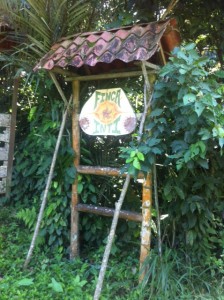
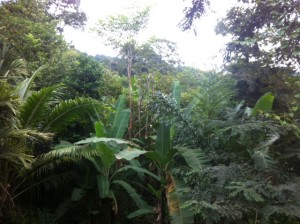

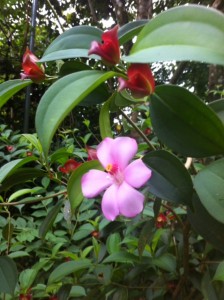
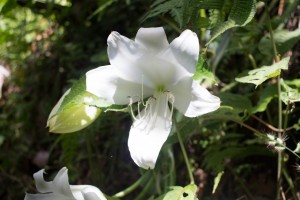
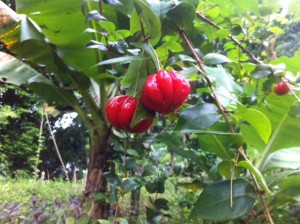


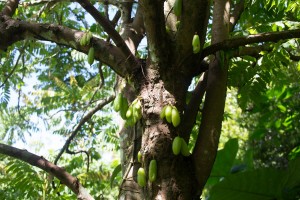

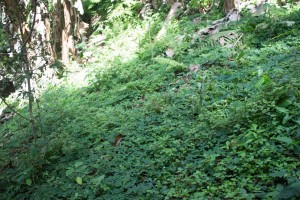
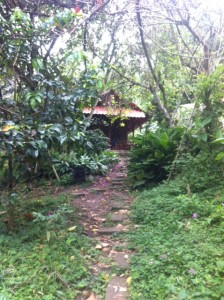

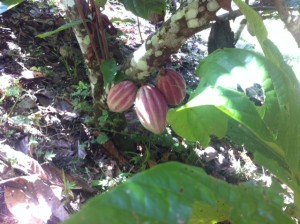
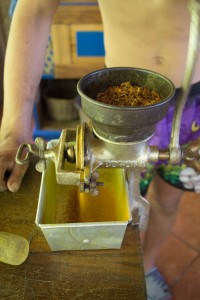
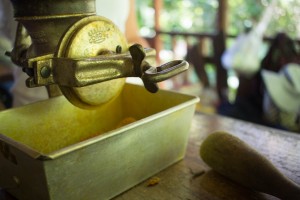
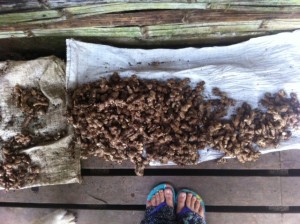

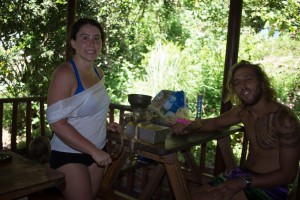
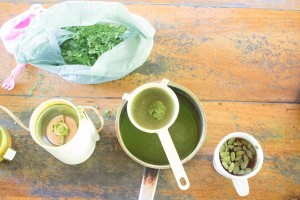
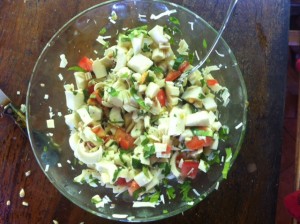


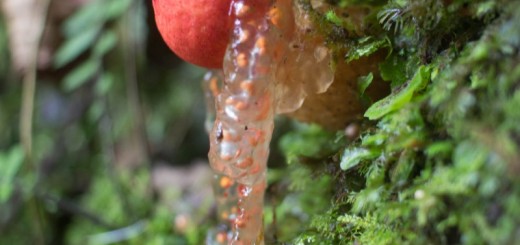

Recent Comments